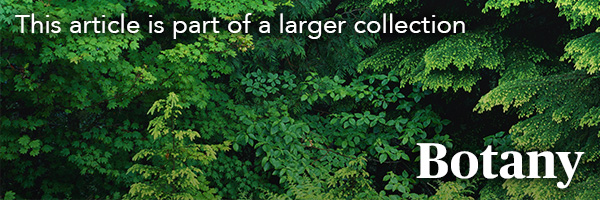
Poison Ivy
Poison ivy is the common name collectively referring to a small genus (Toxicodendron) of woody perennial plants of the cashew family (Anacardiaceae). Poison ivy is closely related to and sometimes classified with the SUMACS in the genus Rhus. In Canada the name most commonly refers to T. rydbergii, distributed from southern British Columbia to the Atlantic provinces, but it also refers to T. radicans subspecies radicans, which occurs in southern Nova Scotia and T. radicans subspecies negundo, in southern Ontario.Poison ivy plants can spread by underground stems or seeds. Most are small shrubs (0.5-1 m tall); others are vinelike plants, 15 m or longer, supported by aerial roots. Shrubby forms are sometimes called poison oak. Leaves have 3 leaflets, shiny, somewhat concave, entire or coarsely toothed or lobed. Greenish yellow berries turn white and remain on plants all winter; each berry contains one seed. This plant is found in various habitats (eg, sandy or gravelly soils, dunes, talus slopes) but generally prefers calcareous places.
Poisonous Properties
Poison ivy is a POISONOUS PLANT. Dermatitis can develop on contact with any plant part throughout the year (especially spring and summer), even from smoke from fires containing it. The compound in the plant that produces a reaction is called urushiol. Skin blisters develop, exuding liquid if broken. Washing with strong soap helps; juice of jewel weed (Impatiens capensis) is also supposed to be effective.
See alsoPLANTS, NATIVE USES.

 Share on Facebook
Share on Facebook Share on X
Share on X Share by Email
Share by Email Share on Google Classroom
Share on Google Classroom

